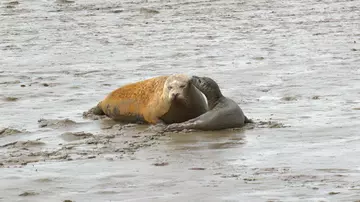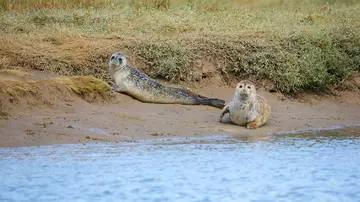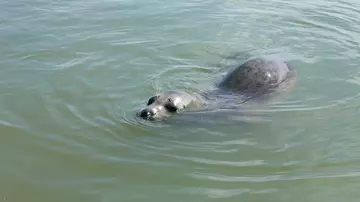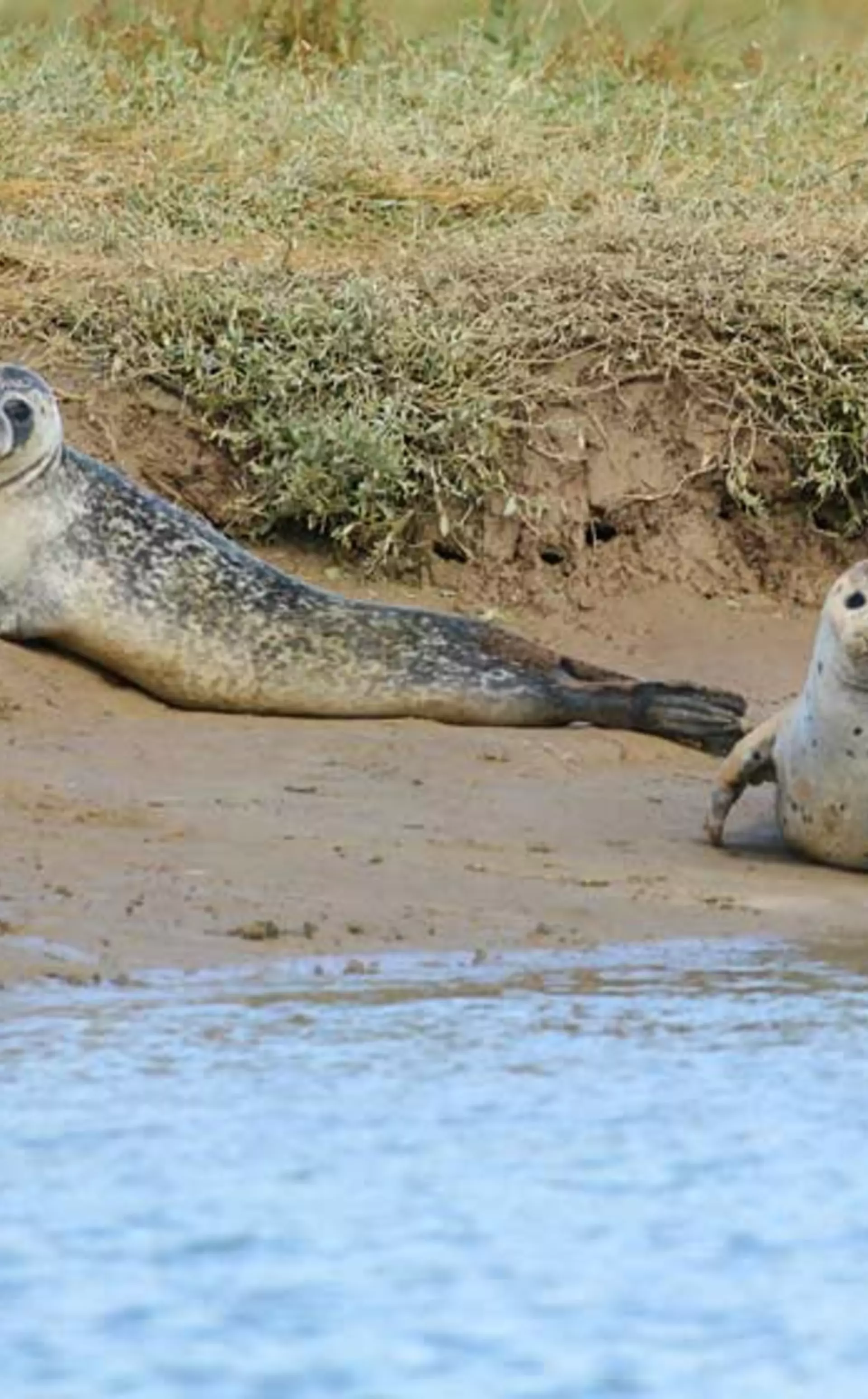
ZSL
Zoological Society of London
138 harbour seals born in the Thames in a single year.
The first ever comprehensive count of seal pups born in the Thames has provided clear evidence that harbour seals are breeding in London’s river. An incredible 138 pups were recorded during the pioneering pup-count undertaken in 2018.

Scientists tallied up the total of 138 pups after analysing hundreds of photos taken during the seal’s summer pupping season. The results of this analysis are being released for the first time today and form part of UK-wide seal monitoring initiatives.
The team took photos from a light aircraft as the seals rested, undisturbed on the sandbanks and creeks below. It is much easier, and so more accurate, to count the seals in photos instead of the constantly moving, playful creatures. The Thames is home to both harbour seals and grey seals, though it is only the harbour seals that breed here.
Conservation Biologist, Thea Cox said: “We were thrilled to count 138 pups born in a single season. The seals would not be able to pup here at all without a reliable food source, so this demonstrates that the Thames ecosystem is thriving and shows just how far we have come since the river was declared biologically dead in the 1950’s.”

Project Manager, Anna Cucknell, who leads ZSL’s Thames conservation explained: “The restored ‘Mother Thames’ - as we call her - is an essential nursery habitat and home to many animals including more than 100 species of fish, including two species of shark, short-snouted seahorses and the Critically Endangered European eel.
“Incredibly, harbour seal pups can swim within hours of birth which means they are well adapted to grow up in tidal estuaries, like the Thames. By the time the tide comes in they can swim away on it. Grey seals, on the other hand, take longer to be comfortable in the water, so breed elsewhere and come to the Thames later to feed.”
We have conducted Thames seal population estimates annually since 2013. The most recent results, from 2017, recorded 1,104 harbour seals and 2,406 grey seals across the estuary.

The population surveys show that seal numbers in the Thames are rising but it is yet unknown if this is due to resident seals having pups or from adults migrating from other regions where colonies are known to be dwindling. For the first time in 2018, therefore, the team at ZSL undertook a breeding survey. The aim going forward is that the two survey methods will complement each other and allow our researchers to better understand the seals in the Thames and the reasons behind their changing numbers.
And launching later this week in London Bridge as part of Totally Thames Festival, budding explorers are invited to take their own underwater adventure and meet some of the extraordinary animals that call Mother Thames home, including seals.
ZSL’s Thames virtual reality experience, the first of its kind in the UK, created by BYO, Somewhere Else and using Timescope technology, and supported by the Royal Bank of Canada, gives adventurers the chance to join ZSL on a Thames safari and journey through one of London’s most important wildlife habitats.
